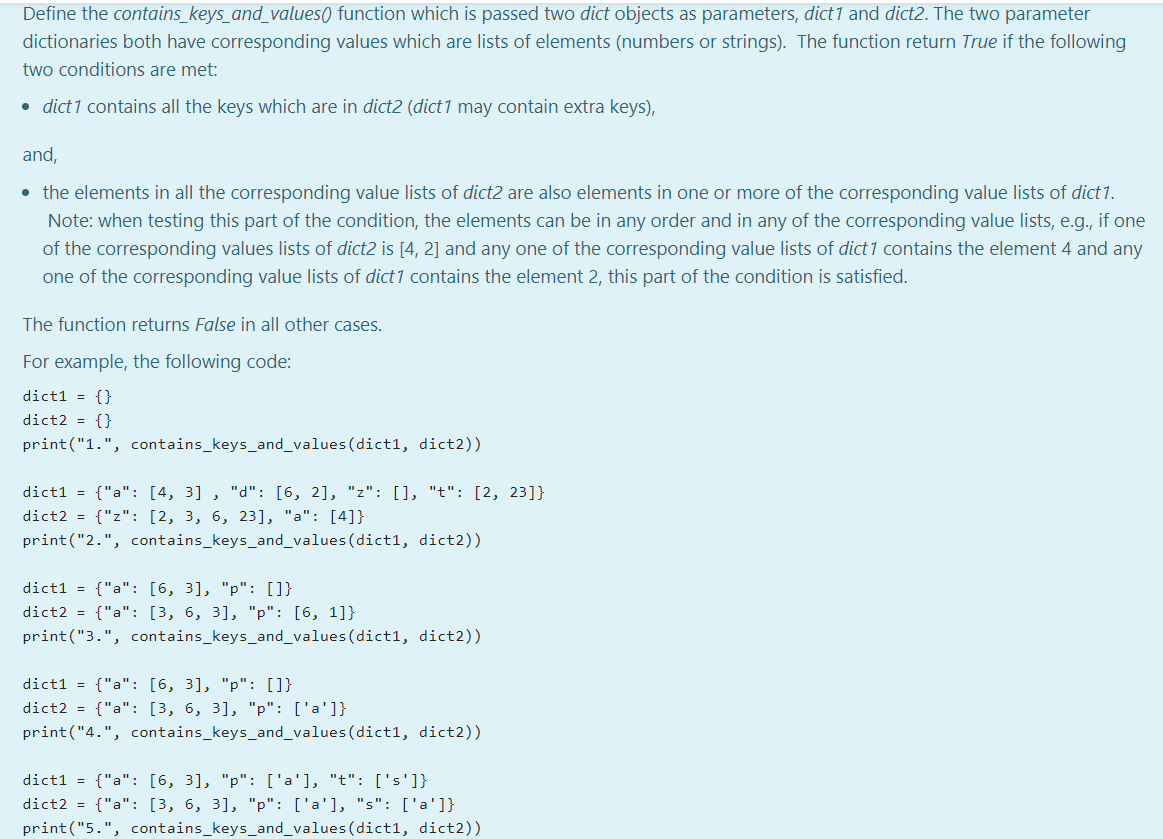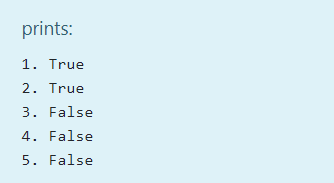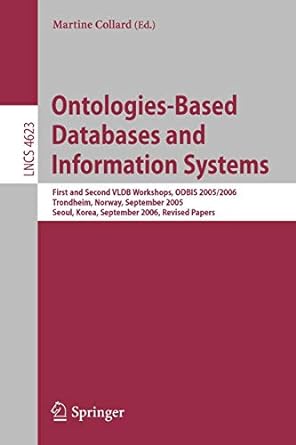Answered step by step
Verified Expert Solution
Question
1 Approved Answer
def contains_keys_and_values(dict1,dict2): .... with some explanation would be soooooo much appreciated THANKS Define the contains_keys_and_values() function which is passed two dict objects as parameters, dict1


def contains_keys_and_values(dict1,dict2):
....
with some explanation would be soooooo much appreciated THANKS
Define the contains_keys_and_values() function which is passed two dict objects as parameters, dict1 and dict2. The two parameter dictionaries both have corresponding values which are lists of elements (numbers or strings). The function return True if the following two conditions are met: dict1 contains all the keys which are in dict2 (dict1 may contain extra keys), and, the elements in all the corresponding value lists of dict2 are also elements in one or more of the corresponding value lists of dict1. Note: when testing this part of the condition, the elements can be in any order and in any of the corresponding value lists, e.g., if one of the corresponding values lists of dict2 is [4, 2] and any one of the corresponding value lists of dict1 contains the element 4 and any one of the corresponding value lists of dict1 contains the element 2, this part of the condition is satisfied. The function returns False in all other cases. For example, the following code: dict1 = {} dict2 = {} print("1.", contains_keys_and_values(dicti, dict2)) dict1 = {"a": [4, 3] , "d": [6, 2], "z": [], "+": [2, 23]} dict2 = {"z": [2, 3, 6, 23], "a": [4]} print("2.", contains_keys_and_values(dicti, dict2)) dict1 = {"a": [6, 3], "p": []} dict2 = {"a": [3, 6, 3], "p": [6, 1]} print("3.", contains_keys_and_values(dicti, dict2)) dict1 = {"a": [6, 3], "p": []} dict2 = {"a": [3, 6, 3], "p": ['a']} print("4.", contains_keys_and_values(dicti, dict2)) dict1 = {"a": [6, 3], "p": ['a'], "+": ['s']} dict2 = {"a": [3, 6, 3], "p": ['a'], "s": ['a']} print("5.", contains_keys_and_values(dicti, dict2)) prints: 1. True 2. True 3. False 4. False 5. FalseStep by Step Solution
There are 3 Steps involved in it
Step: 1

Get Instant Access to Expert-Tailored Solutions
See step-by-step solutions with expert insights and AI powered tools for academic success
Step: 2

Step: 3

Ace Your Homework with AI
Get the answers you need in no time with our AI-driven, step-by-step assistance
Get Started


